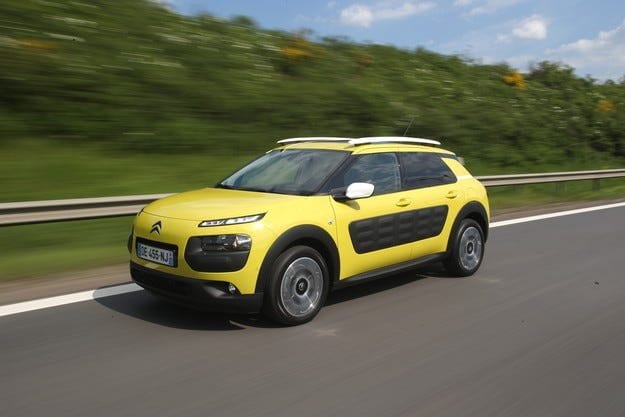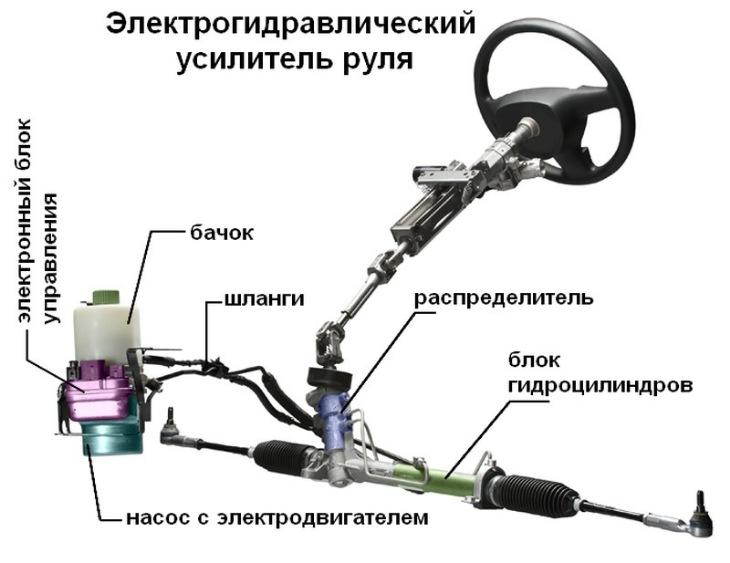
Citroën C4 Cactus drive test: Pragmatic

What is hidden behind its "prickly" name?
Modest, intelligent, reduced to the most important Citroen? Is it about the ugly duckling? Not this time: we now have the new C4 Cactus. An unusual name behind which hides an equally unusual concept. According to designer Mark Lloyd, the name was born from the first sketches of the future car - they are decorated with a lot of LED lights, which, like thorns on a cactus, want to scare off intruders. Well, along the way from concept development to production model, this feature has disappeared, but this is not surprising. “Nevertheless, the name is perfect for this model,” Lloyd continued with conviction.
LED technology is now only found in daytime running lights, and the light spikes have been replaced by air-filled protective panels (called airbags) "that aim to protect the sides of the Cactus from aggressive external factors." , explains Lloyd's idea. Thanks to this interesting solution, C4 can easily get off with minor damage, and if you do get more serious damage to the panels, they can be replaced with new ones. “Our goals were weight reduction, low cost and high functionality. That's why we had to part with some unnecessary things and focus on the essentials,” says Lloyd. The consequence of these limitations is the presence of an undivided rear seat, a noticeably flat body surface and opening rear windows. Even if not everyone likes them, the fact is that these things save weight and money.
High functionality, low cost
According to Citroën, eight kilograms were saved on the rear windows alone. Thanks to the extensive use of aluminum and high-strength steels, the weight of the C4 Cactus is reduced by about 200 kilograms compared to the C4 hatchback - the base model weighs a remarkable 1040 kg on the scales. The search for a mechanical canopy for the optional glass panoramic roof in the test car was also unsuccessful. “Instead, we decided to just tint the glass. It saves us five pounds,” explains Lloyd. Where it was impossible to save the item, alternatives were sought. For example, to make room for a huge glove compartment on the dashboard, the passenger airbag was moved under the cab roof. Otherwise, there is plenty of space in the cabin, the seats are comfortable both front and rear, the build quality looks solid. Details such as leather interior door handles create an interesting atmosphere. The cab is neatly arranged and relatively easy to operate.
The Citroen C4 Cactus drive is assigned to a three-cylinder gasoline engine (in modifications of 75 or 82 hp) or a diesel unit (92 or 99 hp). In the Blue HDi 100 version, the latter boasts an achievement of 3,4 liters per 100 km - of course, by European standards. At the same time, the dynamics also cannot be underestimated. With a torque of 254 Nm, the Cactus accelerates from standstill to 10,7 kilometers per hour in 100 seconds. In addition to the four possible colors for the air fenders, various lacquer finishes for the roof rails are available for individual brilliance.
The Cactus is available in three trim levels - Live, Feel and Shine, with a base price for the 82bhp petrol version. is 25 934 lv. Six airbags, radio and touch screen are standard on all modifications. Larger wheels and a web-enabled navigation system and jukebox are available from the Feel level and up. After all, Cactus may not be very modest, but he remains pragmatic and charming.
Text: Luka Leicht Photo: Hans-Dieter Seifert
CONCLUSION
Convenient, practical and reasonable
Hooray - finally a real Citroen again! Bold, unusual, avant-garde, with many clever solutions. Cactus has the necessary qualities to win the hearts of the automotive avant-garde. It remains to be seen whether this will be enough for him to succeed against the established representatives of the small and compact class.
TECHNICAL DATA
| Citroёn C4 Cactus | VTi 82 | e-THP 110 | e-HDi 92* | Blue HDi 100 |
| Engine / cylinder | rows / 3 | rows / 3 | rows / 4 | rows / 4 |
| Working volume cm3 | 1199 | 1199 | 1560 | 1560 |
| Power kW (h.c.) at rpm | 60 (82) 5750 | 81 (110) 5750 | 68 (92) 4000 | 73 (99) 3750 |
| Maximum. torque Nm at rpm | 118 at 2750 | 205 at 1500 | 230 at 1750 | 254 at 1750 |
| Length Width Height mm | 4157 x 1729 (1946) x 1490 | |||
| Wheelbase mm | 2595 | |||
| Trunk Volume (VDA) л | 358-1170 | |||
| Acceleration 0-100 km / h sec | 12,9 | 12,9 | 11,4 | 10,7 |
| full speed km / h | 166 | 167 | 182 | 184 |
| Fuel consumption according to European standards. l / 100 km | 4,6 95h | 4,6 95h | 3,5 diesel | 3,4 diesel |
| Base price BGN | 25 934 | 29 748 | 31 508 | 31 508 |
* only with automatic transmission ETG
